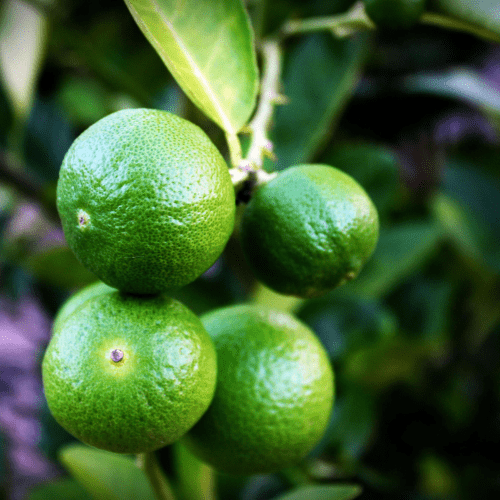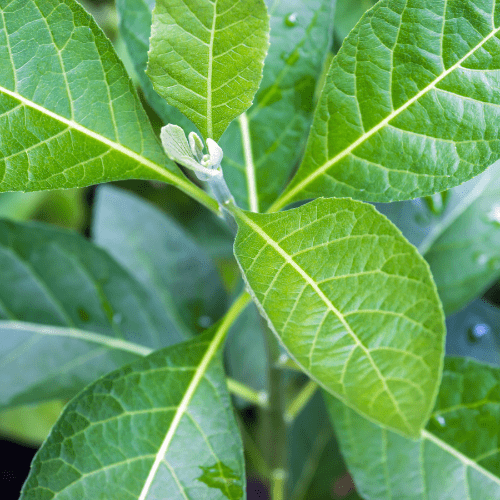Position:
Soursop trees can tolerate some shade but do best in full sun. Soursop trees are sensitive to frost and cannot tolerate temperatures below 5°C. They can grow up to 6 metres tall and wide.
You can grow soursop trees in containers, but it’s important to choose a large enough container and provide proper care to ensure the tree’s health and productivity.
Soil:
Soursop trees prefer well-draining, fertile soil with a slightly acidic to neutral pH, add a bag of acid compost to your soil or container. Sandy loam or loamy soils are ideal. Ensure good drainage to prevent waterlogging, which can lead to root rot.
Select a large container with a diameter of at least 50 cm and a depth of at least 60 cm. Ensure the container has drainage holes at the bottom to prevent waterlogging.
Watering:
These trees require regular watering, especially during dry periods. However, they are sensitive to waterlogged conditions, so be careful not to overwater. Allow the soil to dry out slightly between waterings, but do not let it become completely dry.
Fertilising:
Fertilise with a good fruit fertiliser or use one teaspoon every 4-5 months of our berry and fruit slow release fertiliser.
Pruning:
Prune the soursop tree to maintain its size and shape. Remove dead, diseased, or crowded branches to improve airflow and encourage healthy growth.
Support:
Provide support for the tree if necessary, especially when it starts to produce fruit. You can use stakes or a trellis to support the branches and prevent them from bending or breaking under the weight of the fruit.
Pests and Diseases:
Soursop trees are susceptible to various pests and diseases, including fruit flies, aphids, scales, and fungal diseases like anthracnose and powdery mildew. We recommend using Effective microorganisms – EM Control
Harvesting:
Soursop fruit typically takes 3 to 4 months to mature after flowering. Harvest the fruit when it is still slightly firm but yields to gentle pressure. Avoid letting the fruit become too soft, as it will quickly spoil.










